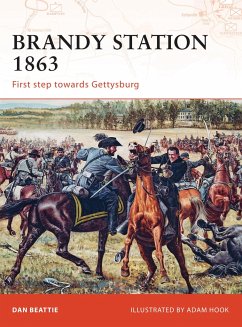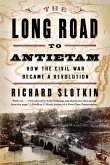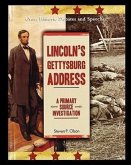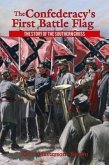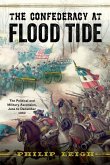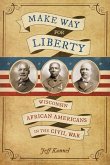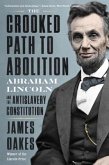The road to Gettysburg began at Brandy Station on June 9, 1863 during the American Civil War (1861-1865). However, the cavalry clash in Culpeper County, Virginia, counts for more than just the opening round of Lee's second invasion of the North. The battle showed both sides that the Federal cavalry had now come of age, that Blue and Gray horsemen were now equal in ability. Early in the morning on June 9, Pleasanton launched his men, split into two divisions, across the Rappahannock at Beverley's Ford to the north of Brandy Station and Kelly's Ford to the south. Stuart was caught completely unaware by these maneuvers and his lines and headquarters were nearly overrun until reinforcements helped to stabilize the situation. Following 12 hours of bitter fighting the Union forces withdrew back across the river, having matched the Confederate cavalry in skill and determination for the first time in the War between the States in what was the largest and most hotly contested clash of sabers in this long and bloody war. This book describes the battle with a step-by-step analysis of the proceedings, illustrated with detailed maps, birds-eye-views and full color battlescene artwork.
Bitte wählen Sie Ihr Anliegen aus.
Rechnungen
Retourenschein anfordern
Bestellstatus
Storno

